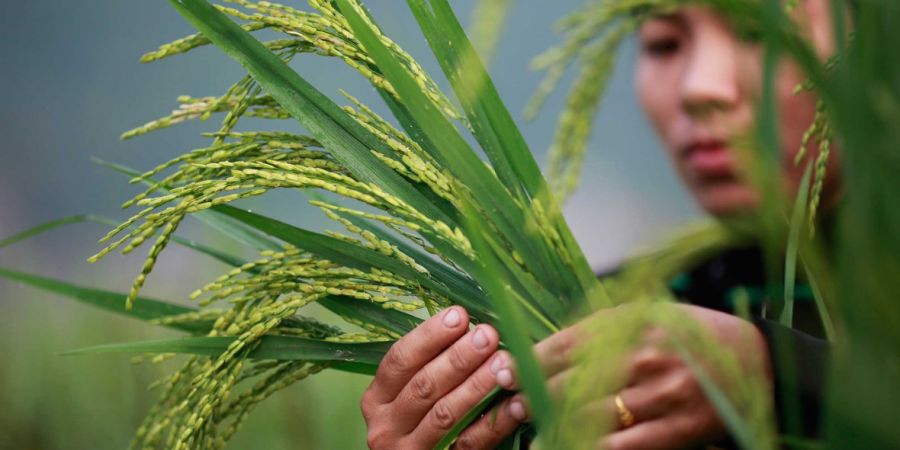

Rice is the staple food of more than 60% of world population and most of the people of South-East Asia and Africa.
More than 70% of Indian populations take it as their main food.
About 90% of all rice grown in the world is produced and consumed in Asian countries. Third highest agricultural crop produced worldwide after sugarcane and maize.
Origin and History:
Asia, mainly south-east Asia is the origin of rice. Vavliov (1926) considered Indo-Mayanmar region as a centre of origin.
Climatic Requirements:
Rice needs hot and humid climate. It can be grown from 8-35 degree N latitude and as high as 3000 m from above sea level. Average temperature requirement is 21-37 degree centigrade for growth and development, whereas it is 20-25 degree centigrade during ripening stage. Average annual rainfall requirement 1000-1500 mm.
Soil Requirement:
It is adoptable to all kinds of soils. Soils having good water retention capacity with good amount of clay and organic matter are ideal for rice cultivation. It prefers acidic soils having PH value of 5.5-6.5 .
Land Preparation:
Land should be flooded 10-12 days before transplanting and ploughed and harrowed at intervals impounding water in the field.
Puddling:
It is the mechanical manipulation of the soil at high moisture regime in which coarser or larger soil aggregates are broken down to smaller aggregates.
Methods of Planting:
Varieties of Rice:
Kiran, Bhupen, Khanika, Jamini, Aditya, Bipasha, Sashi, Swarna, CSR-5, CSR-10, CSR-27, IR-64, CR-1002
Golden Rice:
Also called Miracle rice. Produced through genetic engineering to biosynthesized beta-carotene, a presursor of vitamin-A.
Peter Beyer: Father of Golden rice.
Black Rice:
It is highly nutritive. It is dark in colour due to antho-cyanin. It has 8.5% protein, 3.5% Fe and 4.9% fibre content. Black rice grown in Philippines and Indonesia.
Dwarf rice variety due to Dee-Gee-Woo-Gen, a dwarf gene (Norin-10 in wheat).
improved Variety:
Basamati-317, Basmati- 370, Pusa basamati-1.
System of rice intensification (SRI):
The system of rice intensification(SRI) is a aimed at increasing the yield of rice produced in farming.
It is a low water, labor intensive, organic method that uses younger seedlings singly spaced and typically weeded with special tools.
It was developed in 1983 by the French Jesuit Father Henri de Laulanie in Madagascar island.
Key principles of SRI:


